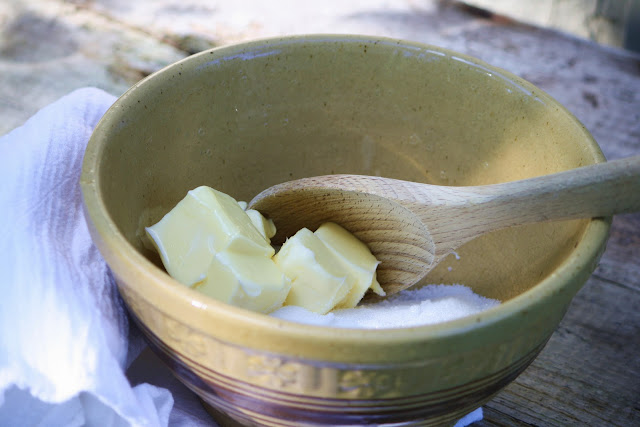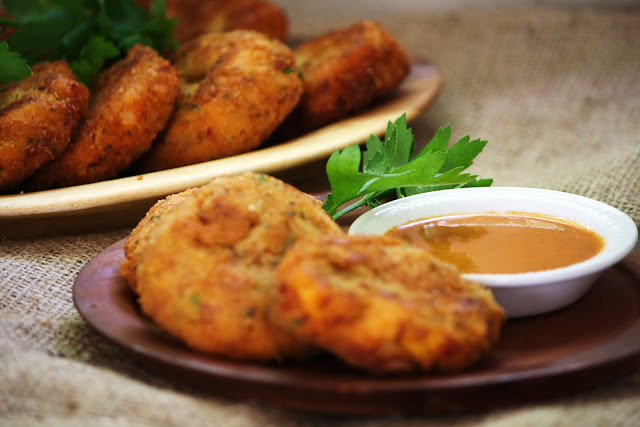This recipe comes courtesy of a great Slovakian website, slovakcooking.com, that I discovered while searching for a meal to represent Slovakia. If you're into Central European cooking, this is a terrific resource that includes traditional food, photographs and descriptions that make the recipes easy to follow, not to mention lively writing and anecdotes from the author, Luboš Brieda. Luboš lived in Slovakia until moving to the U.S. when he was 14. Missing his country and it's traditional cooking, he started a blog dedicated to the dishes he enjoyed growing up. Although it was difficult to choose from the many recipes he has posted, I chose mushroom soup, or hubová polievka - because ever since my friend Ben took me mushroom foraging last week, I've been on kind of a shroom bender (and I mean that in the most legal way). This dish is easy, traditional and perfect for a cool fall night. I used fresh crimini mushrooms because I spotted them in the store and they looked gorgeous, but you can use dried or standard white button mushrooms if that's what's available. And, of course, this soup has bacon in it, and any one who knows me, knows I'm a bonafide bacon fiend. Thank you, Luboš!
Slovakia's somewhat temperate climate is warm in the summer and cold in the winter. Although there is no such thing as "Slovakian" food, the cuisine varies from region to region and is influenced by traditional customs and peasant cooking. Food tends to be simple, yet hardy and very easy to prepare, often using just one pot. Heavy on meat, especially pork, potatoes, dumplings, thick sauces, cheese also dominate the culture. Cabbage, beans, corn, lentils, dense, chewy bread and seasonal fruits are all enjoyed in Slovakian homes and restaurants.
Crimini Mushrooms - But you can use dried or white just as easily
Potatoes give the soup texture and thicken up the stock
Mmmmmm....Bacon - no more need be said
Sour Cream - I couldn't resist using this little Carnival Glass dish I picked up for a buck
Hubová Polievka - Mushroom Soup
Mushroom Soup -Hubová Polievka - (Recipe adapted from slovakcooking.com)
1 ounce dried, or 8 ounces fresh mushroom, sliced (I used fresh crimini)
5 cups water
3 large potatoes, peeled and cubed
4 sliced smoked bacon, chopped
2 Tbsp. flour
2 Tbsp. sour cream
Salt and Pepper to taste
Peel and cube potatoes and add to a large pot with salted water along with sliced mushrooms. Bring to a boil, then lower to a simmer.
Meanwhile, fry the bacon until crisp. When done, pour off most of the fat and add the flour, stir until combined, then add to the pot with the potatoes and mushrooms.
Simmer until potatoes and mushrooms are soft, then add sour cream and stir to combine.
Season and serve along with good hearty bread - I used pumpernickel rolls.
Final Assessment: Delicious! A simple, hearty soup, that goes well with thick slabs of bread and butter. I'll bet it would be even better tomorrow once the flavors had a chance to meld...but there isn't a drop left!
© 2010-2011, What's Cooking in Your World? Sarah Commerford/All Rights Reserved






















































